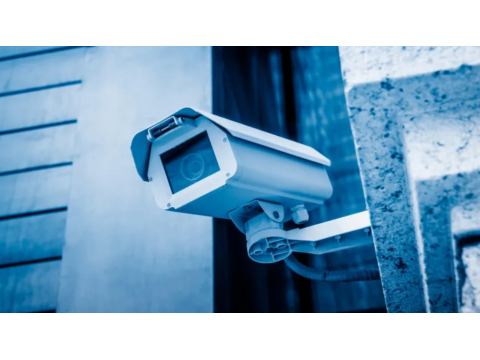Comprehensive Guide to Viewing Video Surveillance Recordings
Effectively managing video surveillance archives is critical for monitoring and reviewing recorded footage. This guide covers accessing recordings from various sources, such as DVRs, SD cards, and cloud services.
1. Understanding Recording Storage Options
Before accessing recordings, it’s essential to identify the storage medium used:
- DVRs (Digital Video Recorders): Most common in private systems.
- SD Cards: Typically used in IP cameras for local storage.
- Cloud Storage: Accessible remotely via apps or web interfaces.
The depth of the archive depends on the storage capacity and settings, such as resolution and recording mode.
2. Viewing Recordings on a DVR
Direct Playback
- Connect a monitor to the DVR.
- Navigate the menu (e.g., "Playback" or "Archive").
- Select the desired camera, date, and time.
- Play the recording.
Copying Footage
- Insert a USB flash drive into the DVR.
- Select the copy/export option.
- Choose the file format (e.g., H.264 or standard formats).
Tip: If the recording is in a proprietary format, use the DVR's built-in conversion tools for compatibility with standard media players.
Remote Access
- Use cloud services linked to the DVR for remote playback via apps or browsers.
- Alternatively, install CMS (Central Management Software) on a PC for advanced access.
3. Viewing Recordings Directly from Cameras
Accessing an SD Card
Via Camera Interface:
- Connect to the camera through a web browser.
- Access the video archive via the interface.
Via PC:
- Remove the SD card from the camera.
- Insert it into a PC or card reader.
- Use a media player to view recordings.
Cloud-Linked Cameras
- Log into the cloud service through an app or web portal.
- Browse and view the desired recording.
- Download the file if necessary.
4. Practical Tips for Efficient Archive Management
Choose the Right Storage Method
- DVRs: Ideal for "classic" setups; secure and reliable.
- SD Cards: Best for small-scale installations; limited by storage capacity.
- Cloud Services: Convenient for remote access but may incur ongoing costs.
Maintain System Integrity
- Regularly back up important footage.
- Monitor storage capacity and adjust recording settings to optimize space.
Conclusion
- Flexibility: Modern video surveillance systems offer multiple methods to view and manage recordings.
- Accessibility: Options range from local DVR playback to cloud-based access.
- Reliability: Using the appropriate method ensures seamless access to critical footage when needed.
By following this guide, you can effectively manage and access video surveillance archives to meet your security needs.

